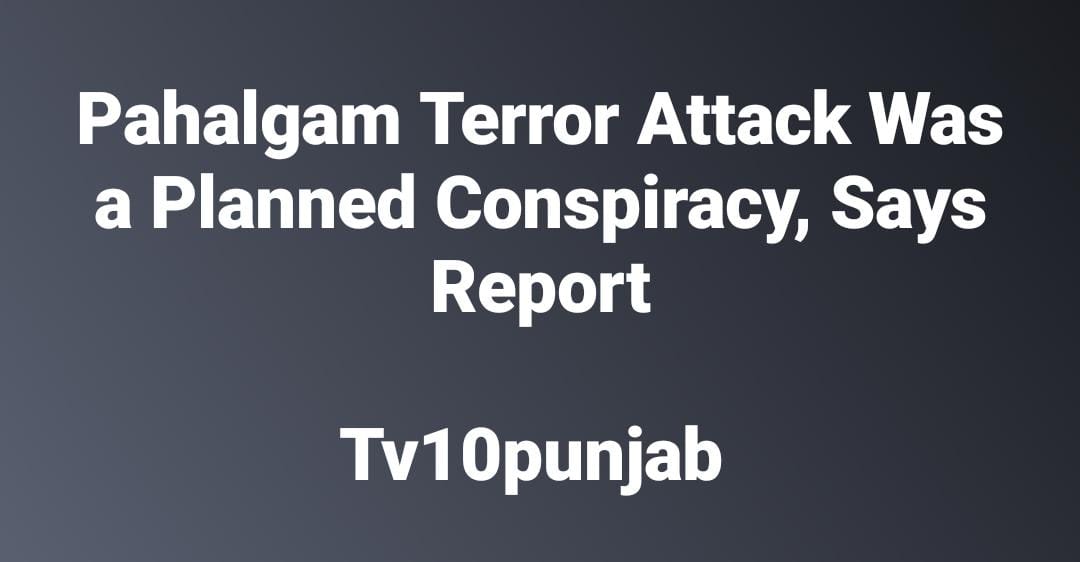National Desk
24 April
Sandeep Dhand
Journalist and Research Analysist
The recent terror attack near Baisaran in Pahalgam, Jammu and Kashmir, was not random but a part of a well-planned conspiracy. According to sources, terrorists had conducted a recce of the area and identified the time when the number of tourists would be the highest.
Baisaran, known as “Mini Switzerland” for its lush green meadows, is located about six kilometers from Pahalgam and is accessible only by foot or mule. Surrounded by dense forests, the area has a single rough trail that takes around 40 minutes to cover. On Tuesday, tourists arrived there around 1 PM to enjoy the scenic beauty, but the peace was shattered around 2:30 PM when terrorists launched a sudden attack.

Security sources revealed that there was no deployment of armed forces along the path to Baisaran. The Quick Reaction Team (QRT) was stationed far away and took over an hour to reach the site—something the terrorists may have already known. Using this advantage, they carried out their heinous act and fled into the jungle within 15 minutes.
Eyewitnesses said the attackers separated Hindu tourists before opening fire. The calculated strike exposed serious security gaps in the region. Intelligence reports suggest that around 125 to 130 terrorists are active in Jammu and Kashmir, including about 115 from Pakistan who recently infiltrated the valley.
The Supreme Court of India strongly condemned the attack, calling it a “heinous act of terrorism.” Judges and lawyers observed a one-minute silence in honor of the victims and passed a resolution condemning the incident during a full court meeting.
This tragedy has shaken the nation and highlighted the need for stronger security in tourist areas. It also raises serious concerns about cross-border terrorism and local vulnerabilities.